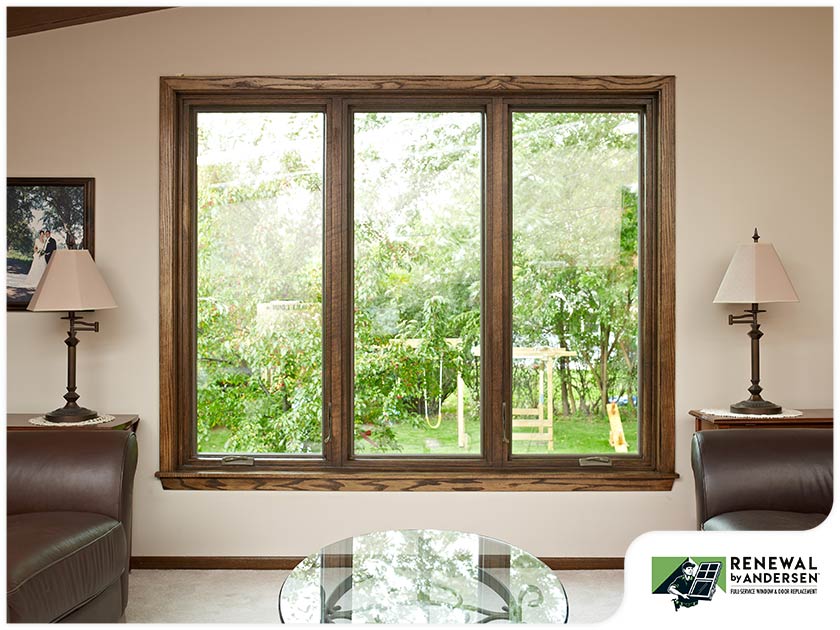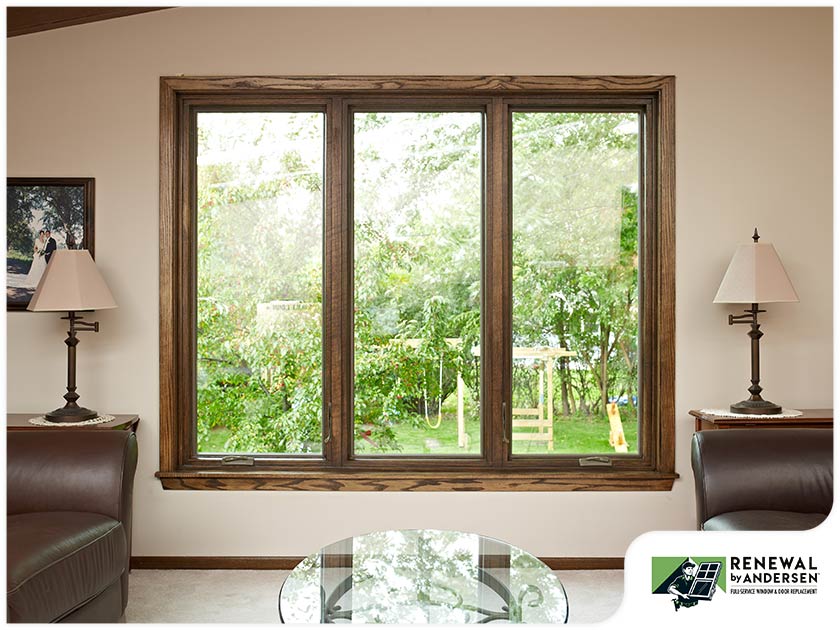MENU


Need new windows? Energy-efficient windows may cost more, but thanks to their numerous benefits, they’re worth the extra cost.
Renewal by Andersen® of Nashville, your trusted window replacement contractor, elaborates on them below:

The main benefit of installing energy-efficient windows is lower utility bills. According to the U.S. Department of Energy, heat gain and heat loss through windows account for 25% to 30% of your heating and cooling costs. This figure increases to 40% if you have drafty windows. Installing an energy-efficient window replacement can help lower your electricity bill and improve indoor comfort.
Installing casement windows or windows with wide glass areas can improve indoor natural lighting, which can brighten the mood inside and give the illusion of a more spacious interior. However, sunlight can be too much of a good thing. Ultraviolet (UV) rays can cause leather couches and hardwood floors to fade. To protect your interior from UV damage, we recommend choosing windows with low-emissivity (low-E) glass. Low-E glass is coated with a thin metallic layer that reduces the amount of UV radiation entering your home.
Renewal by Andersen of Nashville offers a wide variety of energy-efficient and UV-blocking glass options. Our High-Performance™ Low-E4® Sun Glass is one of our most energy-efficient options. A window replacement with High-Performance Low-E4 Sun Glass can block 95% of harsh UV rays and is 56% more energy-efficient in the summer and 47% more energy-efficient in the winter compared to conventional dual-pane windows.
To improve a dual- or triple-pane window’s energy efficiency, manufacturers fill the space between the glass panes with either argon or krypton, inert gases that prevent heat transfer. In addition to preventing heat transfer, these multiple glass panes also reduce sound transmission.
The short answer is no. Condensation on the exterior window panes is a sign your energy-efficient windows are doing their job: prevent heat transfer. What if there’s condensation on the interior window panes? Interior window condensation has several causes. One suspect is high humidity levels inside your home. Open your casement windows, and turn on the ventilation fans to get rid of the excess moisture inside your home.
This is a sign window sealing has failed and your windows need to be replaced. If the sealing was damaged, argon and krypton will leak out, and moisture will infiltrate your windows, fogging the insides of their window panes.
Should you replace your windows or have them repaired? In most cases, it makes more practical – and financial – sense to get a window replacement. That’s because repairs can only fix the sealing and prevent the remaining argon or krypton from leaking out, not refill your insulated window with inert gases and restore its energy efficiency.
Keep in mind not all windows can provide the same level of energy efficiency. While choosing energy-efficient replacement windows, look for the ENERGY STAR® label. Only replacement doors and windows that have met the U.S. Environmental Protection Agency’s (EPA) requirements are certified by ENERGY STAR.
Under the ENERGY STAR label, you’ll find the National Fenestration Rating Council® (NFRC) ratings. Here’s an overview of what these ratings mean:
Here’s a tip: a window’s U-factor and SHGC are interrelated, which means windows with high SHGC ratings tend to have U-ratings as well.
It’s best to consult one of your local window contractors. Since they’re more familiar with the local climate and building codes, they can make better recommendations.
Renewal by Andersen of Nashville offers a wide variety of premium replacement doors and windows. To schedule a free in-home consultation with one of our design experts, call us at (866) 609-5033, or fill out our form here. We serve homeowners in Clarksville as well as the surrounding communities.